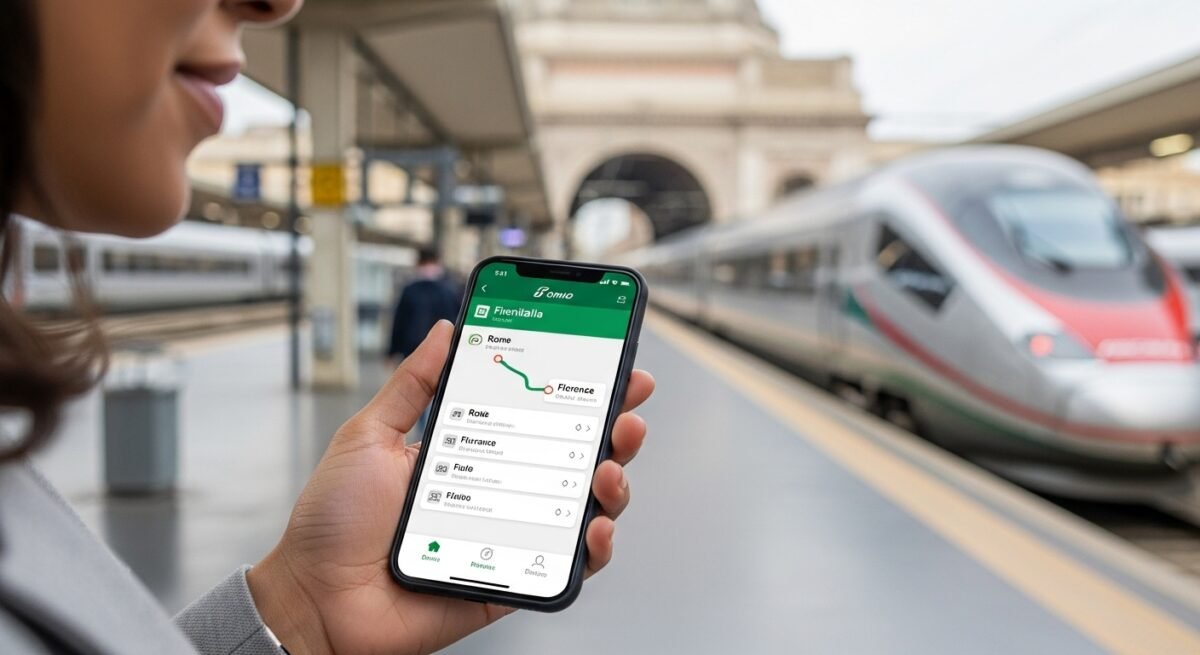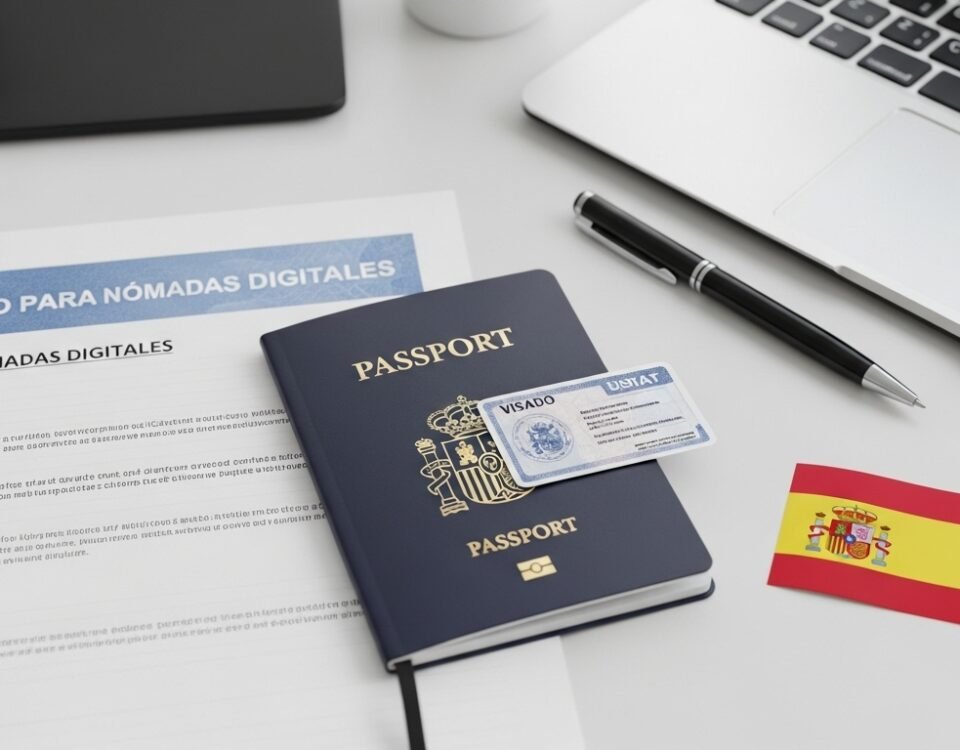There is nothing more romantic than the idea of zipping through the Italian countryside by train, watching rolling Tuscan hills give way to the ancient architecture of Florence. Italy's train network is extensive, fast, and connects every corner of the country. It is, without a doubt, the best way to travel.
It is also notoriously confusing for first-time visitors.
From dynamic pricing that can triple overnight to a small, unassuming validation machine that can cost you a €50 fine, navigating the system can be stressful. As a resident and Master's student right here in Rome, I've spent countless hours on these trains and have learned the system's secrets the hard way. This is my insider's guide to train travel in Italy, designed to help you save money, avoid fines, and travel with the confidence of a local.
The Players: Trenitalia vs. Italo
First, you need to know there are two main train companies operating in Italy:
Trenitalia: The state-owned national railway. They run everything, from the ultra-fast high-speed lines to the slow, local regional trains that stop in every small town.
Italo: A private company that competes with Trenitalia on the popular high-speed routes between major cities (e.g., Rome-Florence, Milan-Venice).
Pro Tip: Always check both. Italo often has competitive pricing and their trains are modern and comfortable.

The Train Tiers: Understanding Your Ticket
-
This is the most important concept for saving money. Not all trains are created equal.
🚄 High-Speed Trains (Le Frecce & Italo): These are the famous "bullet trains" like the Frecciarossa. They are fast, luxurious, and connect major cities with minimal stops. Their prices are dynamic, like airline tickets—the earlier you book, the cheaper they are.
🚆 Intercity: These are a step down from high-speed. They connect major and medium-sized cities, make more stops, and are slower but cheaper. Their prices are also dynamic.
🚂 Regionale: These are the slow, local trains. They stop at every small town and are incredibly cheap. Their prices are fixed. A ticket from Rome to a nearby town costs the same whether you buy it two months in advance or two minutes before departure.
The Golden Rule of Booking: The Two-Speed Strategy
This is the core of the money-saving strategy.
Book High-Speed & Intercity Trains FAR in Advance: If you know you're traveling from Rome to Florence in two months, book your Frecciarossa or Italo ticket today. Tickets can be as cheap as €20-€30 when booked weeks or months ahead, but can skyrocket to over €100 for a last-minute booking.
Buy Regionale Tickets on the Day of Travel: Since the price is fixed, there is zero benefit to buying a Regionale ticket in advance. Buying it on the day gives you maximum flexibility.
The Most Important Tip: You MUST Validate Your Ticket (Convalidare)
-
This rule applies primarily to Regionale tickets (and some Intercity tickets) that you buy at the station which do not have a specific time or seat assignment. These are open tickets valid for a certain period.
To prevent people from reusing these tickets, you must validate them before you board the train.
What it is: Validation is the act of stamping your paper ticket with the current date and time.
How to do it: Look for the small, usually green (or sometimes yellow) validation machines located at the entrance to every platform (
binario). You insert your ticket into the slot, and you'll hear a stamping sound.The Consequence: If you are on a train with an unvalidated ticket, the conductor will consider you to be traveling without a valid ticket. The fines start at €50 and are enforced on the spot. I have seen countless tourists get caught by this simple mistake. "I didn't know" is not an excuse.
The Smartest Way to Book: Use a Comparison App
The easiest way to manage all of this is to use a modern booking platform. Apps like Omio or Trainline are essential. You can enter your route, and they will show you all the options from both Trenitalia and Italo on one screen, allowing you to easily compare prices and times. When you book digital tickets through these apps, they are pre-validated, so you don't need to worry about the stamping machines.
Italian train travel is a joy. It’s efficient, scenic, and a core part of the Italian experience. By understanding these simple rules, you can navigate the system like a seasoned pro, saving money and avoiding any stressful encounters with a ticket conductor. Buon viaggio!
What's your best tip for train travel in Italy? Share it in the comments below!


